The Natural Adaptations of Cats for Heat Management
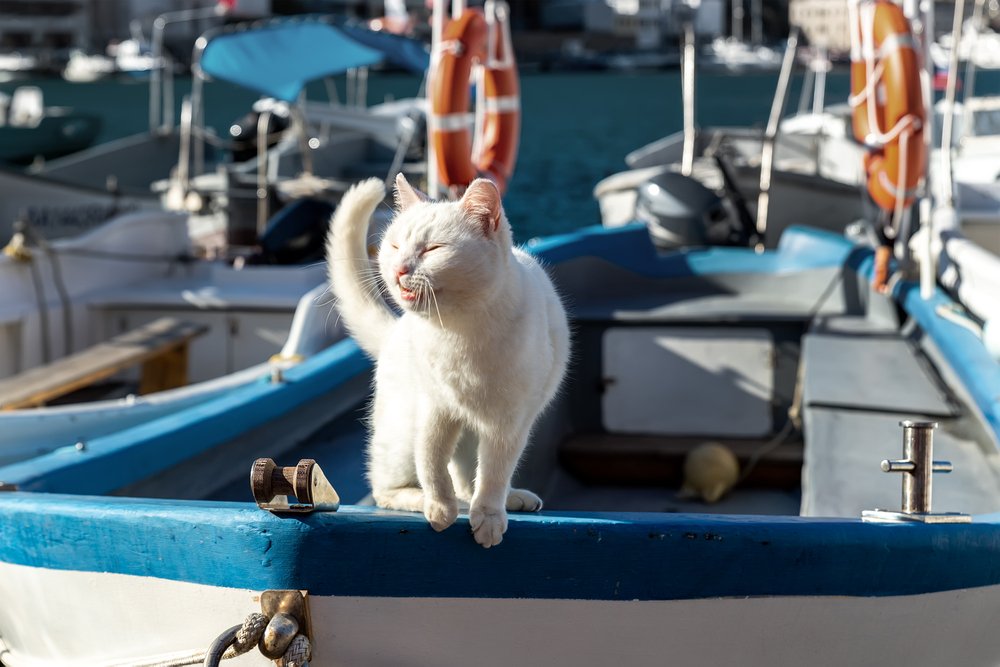
Cats are remarkable creatures, equipped with several natural adaptations that help them manage heat efficiently. Their thin fur, varying in length depending on the breed, enables them to tolerate temperature changes more comfortably than some other animals. Certain physiological features help regulate their body temperature, ensuring their comfort even in rising temperatures.
More Than Just Insulation
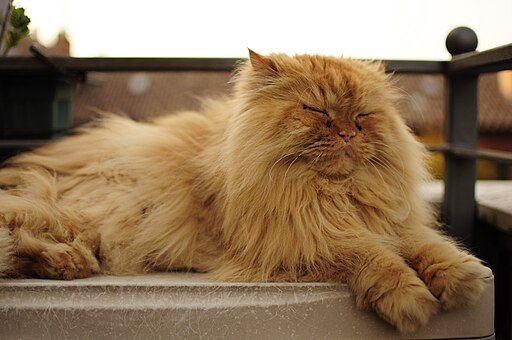
While fur might seem counterproductive in hot weather, it serves a dual purpose. Fur acts as insulation, slowing the exchange of heat between the cat’s body and the environment. This barrier helps keep cooler air near the skin during summer, preventing direct heat absorption. Grooming also plays a role in maintaining this balance, as cats remove loose hair that might hinder effective insulation.
Thermoregulation Through Panting and Sweating
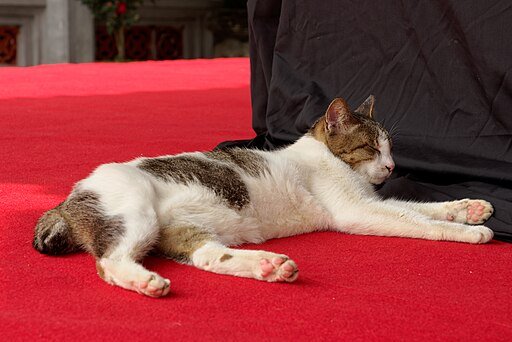
Cats, like dogs, utilize panting as a method to cool down. When a cat pants, moisture evaporates from the tongue, mouth, and upper respiratory tract, which helps dissipate excess heat. While panting is uncommon in cats and often a sign of stress, discomfort, or illness, it remains a tool in their cooling arsenal. Additionally, cats sweat through glands located in their paws, although this is not as effective for cooling as human perspiration.
Behavioral Adjustments to Beat the Heat
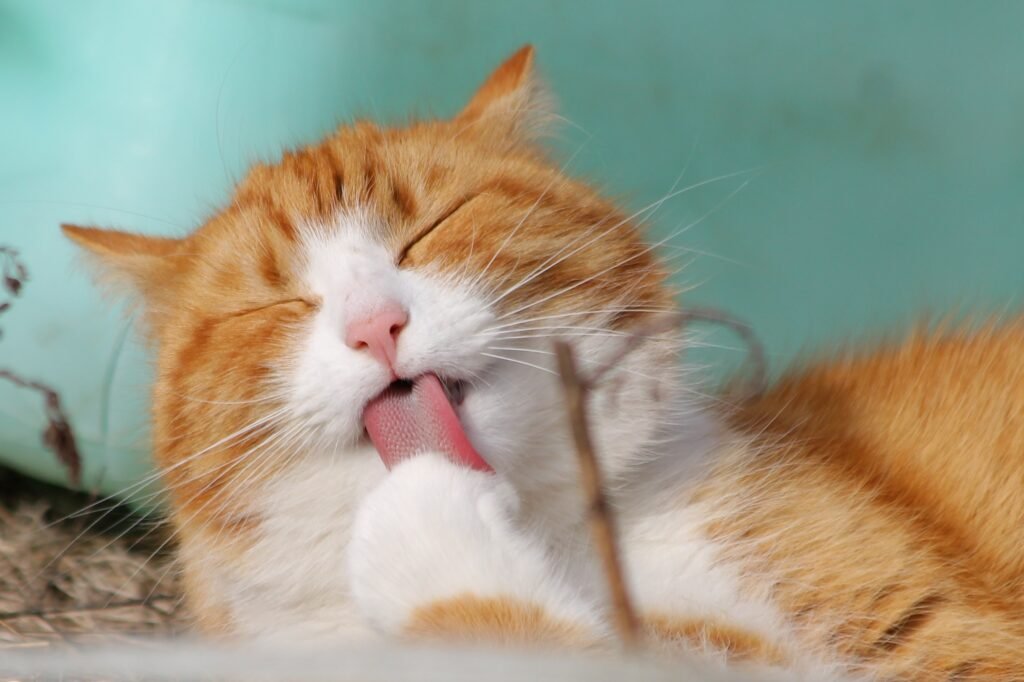
Cats instinctively adjust their behaviors to stay cool. During peak heat, they tend to rest in shaded, cooler areas. Cats are known for their love of sleeping, and they may increase their sleep duration during hot weather to conserve energy and stay cool. You might also notice your cat sprawled out against cool surfaces like tiles or hardwood floors, maximizing heat dissipation.
Seeking Refreshing Water Sources
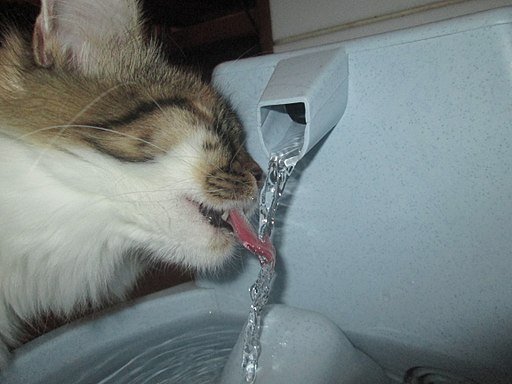
Dehydration is a risk in hot weather, but cats have a unique way of managing their water needs. They are generally low drinkers, often obtaining necessary moisture from their food, especially if it’s wet food. During heat waves, cats may increase their water intake slightly by visiting their water bowls more frequently, or they might search for alternative water sources like dripping faucets to stay hydrated.
Cooling Effect of Grooming
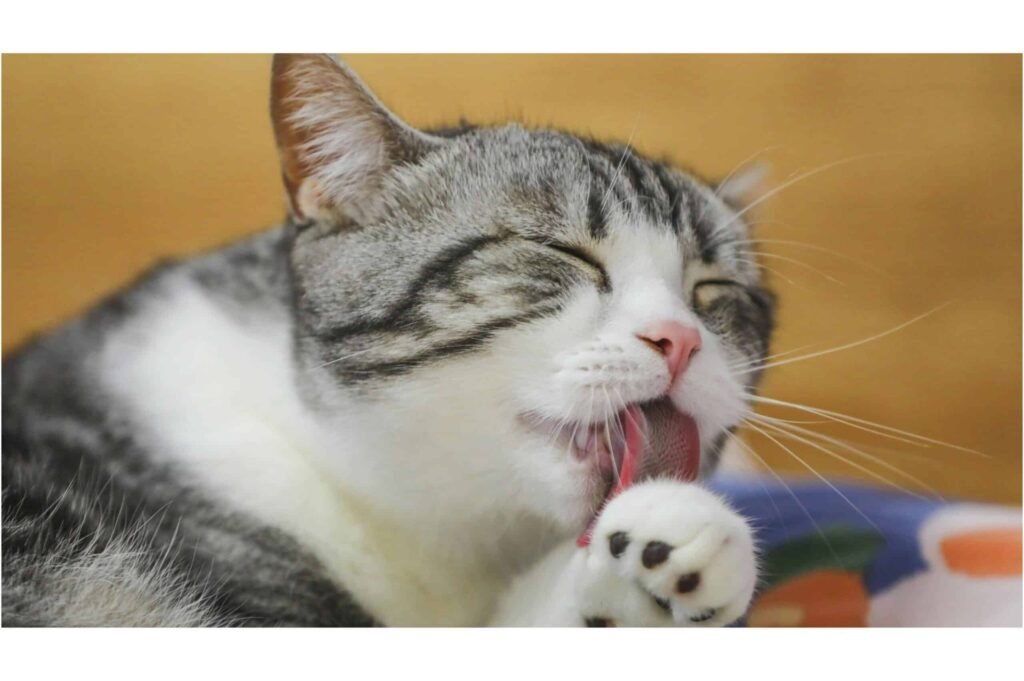
Grooming serves not just to keep a cat’s coat clean, but also to cool them. When a cat licks its fur, saliva residue evaporates, producing a cooling effect akin to human sweating. This behavior helps to reduce body temperature on hot days and is a self-maintenance task your cat performs instinctively.
Changing Food Routines to Suit the Weather

Cats often adjust their eating patterns in response to temperature changes. During summer, a cat may consume less food because the metabolic process of digesting increases body temperature. Offering small, frequent meals can help cats manage their energy levels without causing overheating due to metabolic activity.
Interaction with Humans and Environment
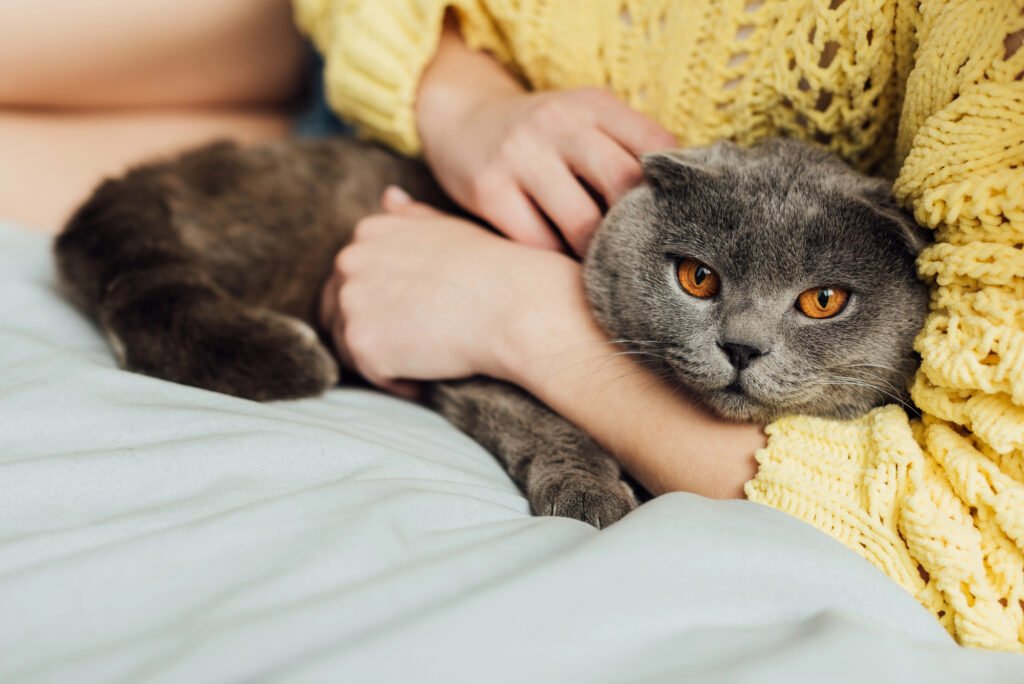
Cats are intelligent animals that actively seek supportive environments to stay comfortable. They may retreat to selected areas of your home that provide cooler air or even enjoy air-conditioned rooms. Encouraging play during cooler parts of the day and ensuring access to cool spaces and water helps owners contribute to a cat’s comfort.
Signs of Heat Stress in Cats

Despite their adaptations, cats are susceptible to heat stress and heatstroke. Signs include excessive panting, lethargy, drooling, and confusion. In severe cases, vomiting and a bright red tongue may occur. Being aware of these symptoms and providing immediate care is crucial to prevent serious health issues related to heat.
How to Help Your Cat Stay Cool

There are several practical steps you can take to help your cat remain cool. Provide access to fresh water at all times and encourage hydration by using cat fountains. Create cool areas in your home where your cat can retreat, and consider placing fans or providing cooling mats. Be mindful of your cat’s behavior and routinely check for signs of overheating, especially during prolonged heat waves.
A Harmonious Balance with Heat

Cats have evolved numerous methods to handle hot weather, but human intervention can greatly enhance their comfort. By understanding their natural behaviors and needs, you can create a conducive environment for them to thrive in any season. Through adaptation and care, cats maintain their calm composure, even when temperatures soar.

Suhail Ahmed is a passionate digital professional and nature enthusiast with over 8 years of experience in content strategy, SEO, web development, and digital operations. Alongside his freelance journey, Suhail actively contributes to nature and wildlife platforms like Feline Fam, where he channels his curiosity for the Feline into engaging, educational storytelling.
With a strong background in managing digital ecosystems — from ecommerce stores and WordPress websites to social media and automation — Suhail merges technical precision with creative insight. His content reflects a rare balance: SEO-friendly yet deeply human, data-informed yet emotionally resonant.
Driven by a love for discovery and storytelling, Suhail believes in using digital platforms to amplify causes that matter — especially those protecting Earth’s biodiversity and inspiring sustainable living. Whether he’s managing online projects or crafting wildlife content, his goal remains the same: to inform, inspire, and leave a positive digital footprint.






